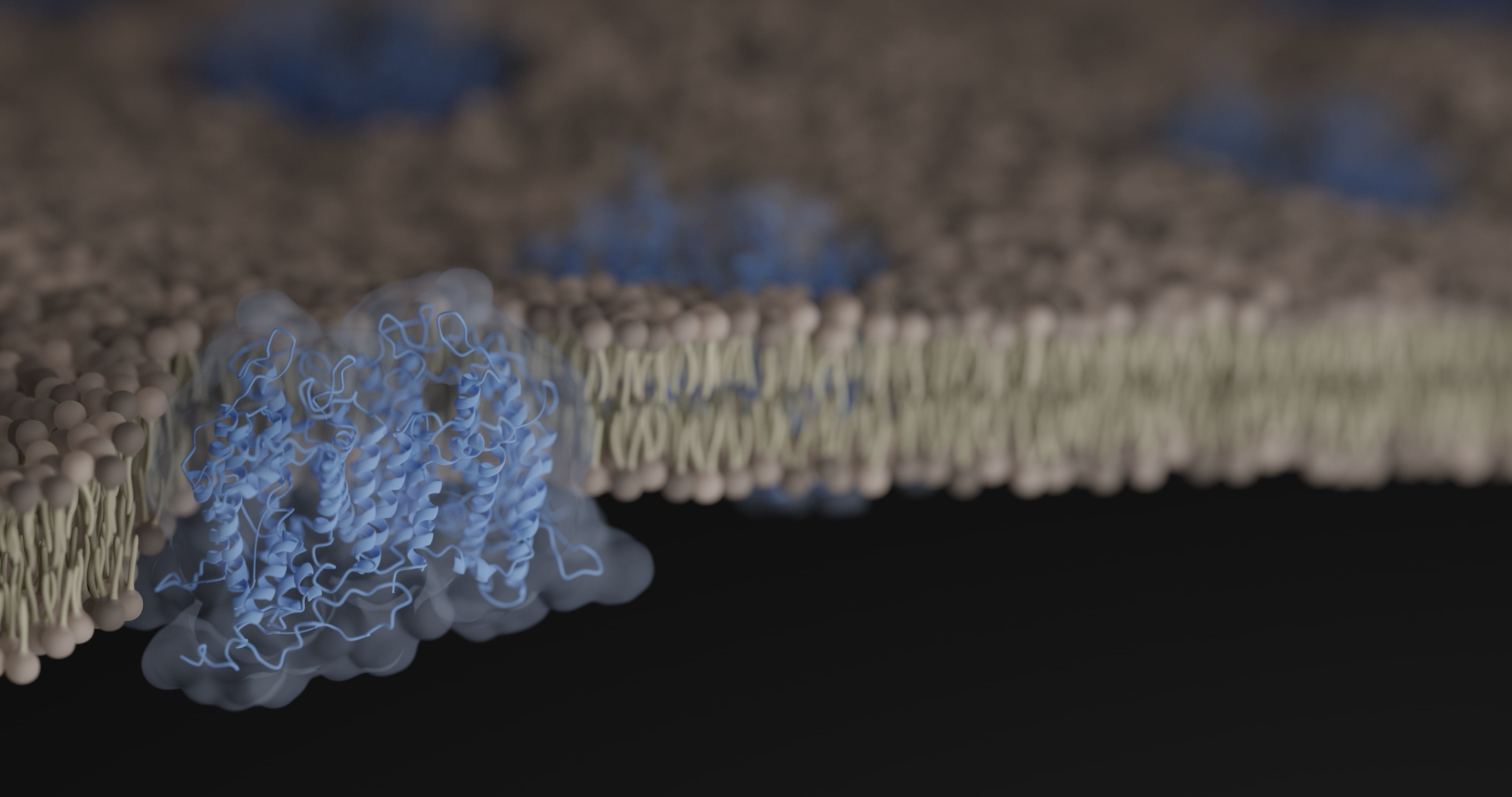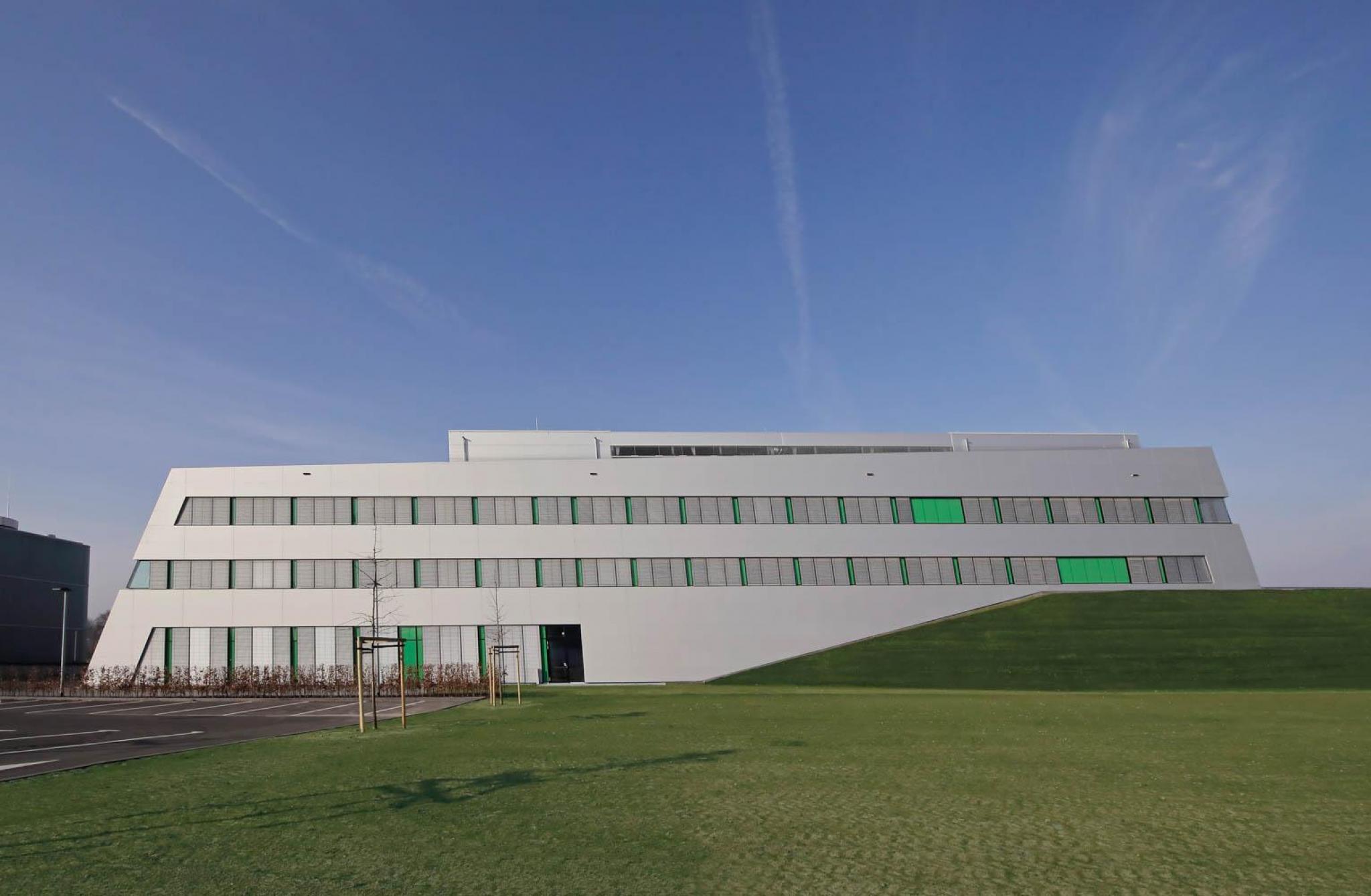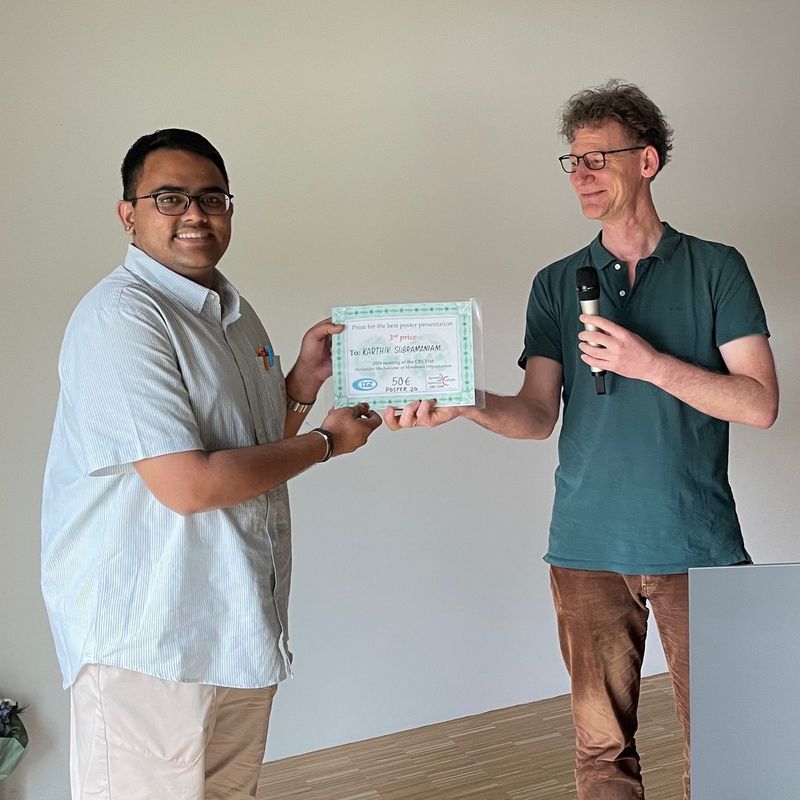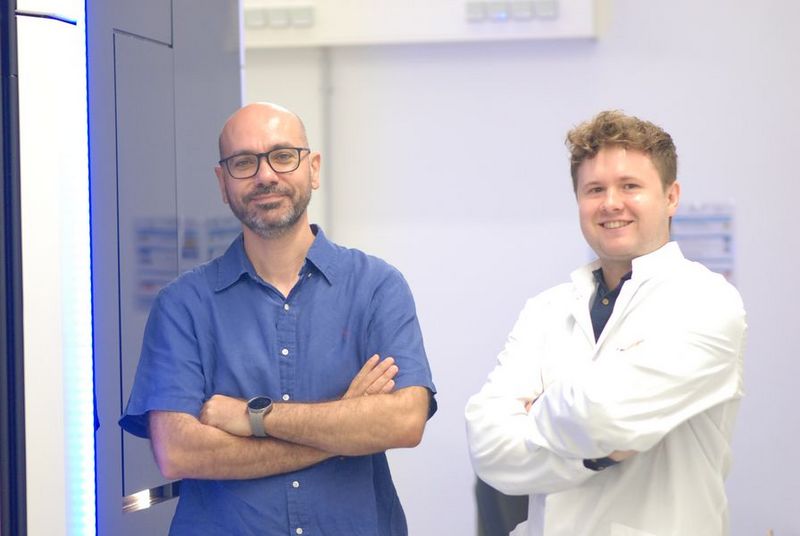







We are an international team of biologists, biochemists, and physicists led by Prof. Dr. Christos Gatsogiannis. Our goal is to visualize the structure of complex cellular nanomachines using cryo-electron microscopy (cryo-EM).
This high-resolution technique enables us to directly observe biological samples—such as proteins, viruses, or large molecular complexes—either purified or in their natural, functional environment, down to atomic resolution.
By combining cryo-EM with biochemical, biophysical, molecular biological, and bioinformatic methods, we gain deep insights into how these systems work, laying the foundation for a better mechanistic understanding.
The focus of our research is the molecular decoding of peroxisome biogenesis, particularly its import mechanisms and the signaling pathways involved. In addition, we investigate the mode of action of pore-forming neurotoxins as well as AAA ATPases—enzymes that play a central role in cellular protein quality control.
To tackle these complex questions, we rely on interdisciplinary collaboration, strong synergies, and cutting-edge infrastructure.

